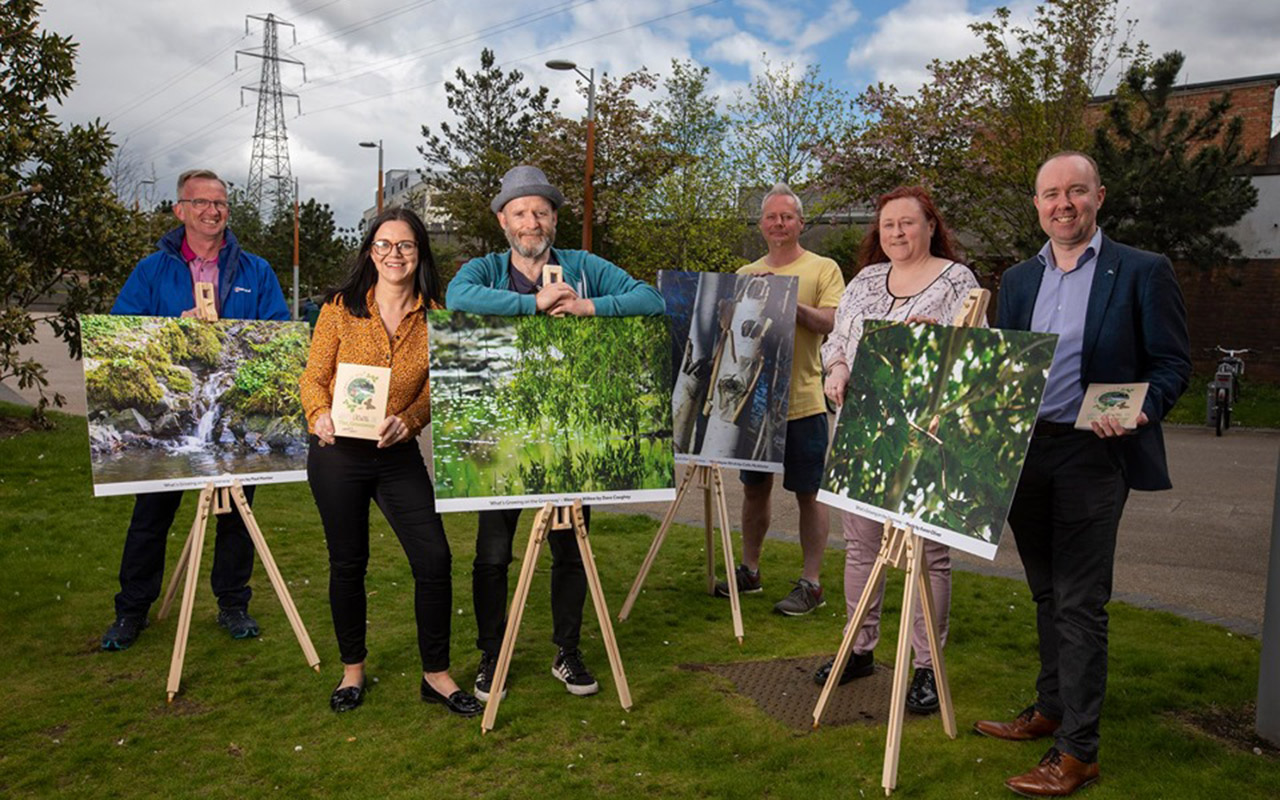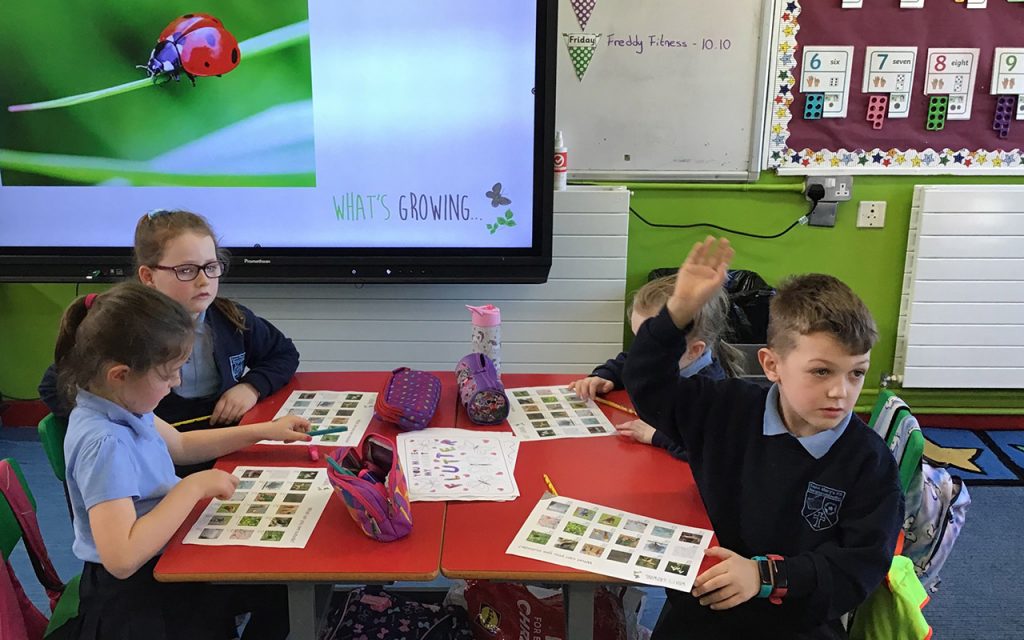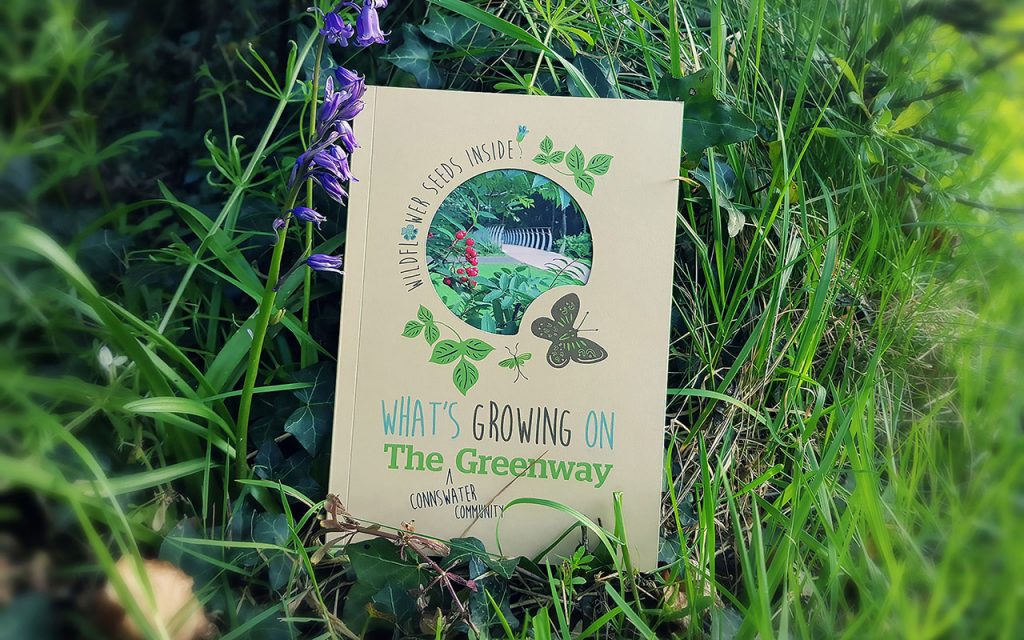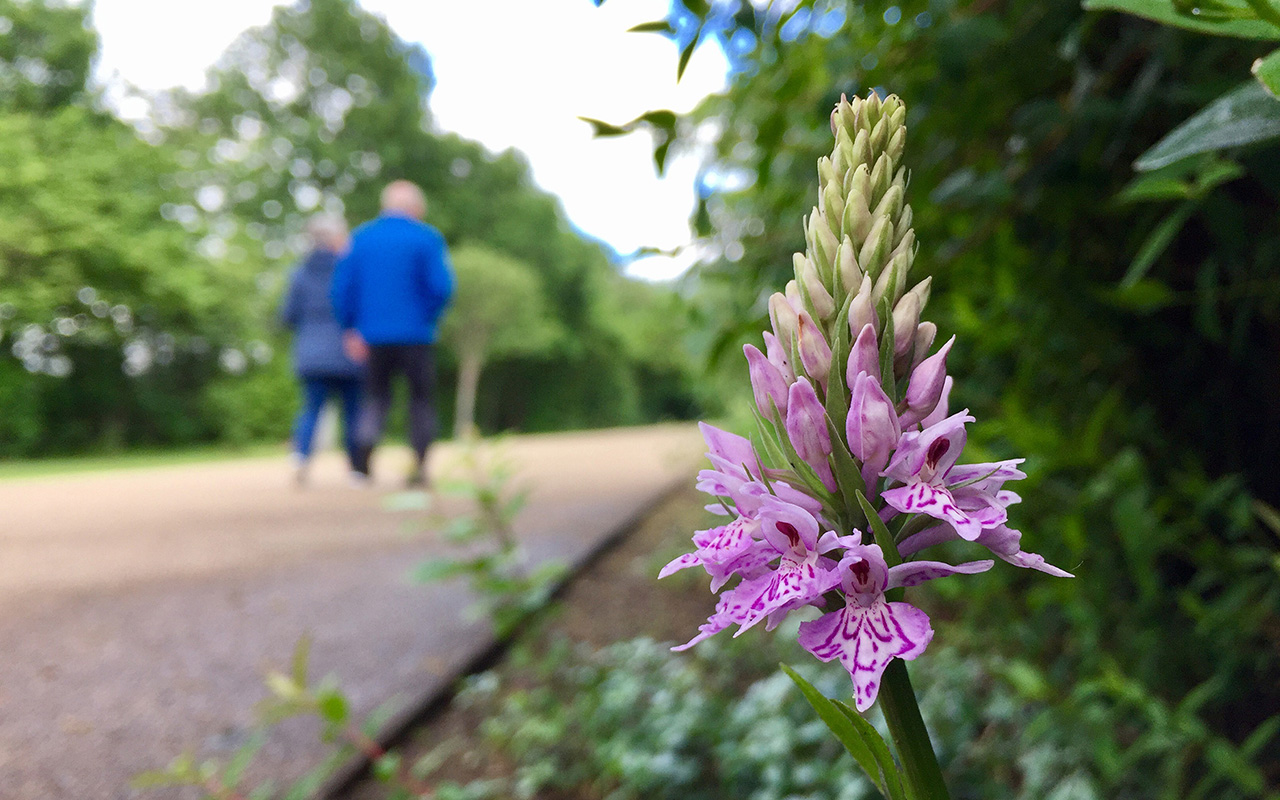Anthony McGuigan shares the story of an engagement project on Connswater Community Greenway and explains how the approach will help sustainable placemaking
Working in the built environment, we are all are developing places that can either intensify or mitigate the current climate and biodiversity crisis. So, will design professions be considered superheroes or villains by generations to come? More worryingly, will the activity of designing and helping to develop places be a footnote in the grander scale of these issues currently facing our planet?
I believe that places are much bigger and more complex than any single design or capital investment project and that those of us who work with the natural world and its systems are ideally placed to tackle some of the biggest issues facing our urban places and planet today. While grand promises and targets are needed from governments and projects, I’m convinced that climate and biodiversity issues can be approached from the bottom up by helping people see that their ‘place’ and local environment — no matter how modest — is already part of the natural world and therefore if valued, protected and enhanced that it and they can be part of the solution.
Following our work on the design and delivery for the Connswater Community Greenway in East Belfast, we were given the opportunity to test and explore this theory. We aimed to encourage the local community to value and protect their now revitalised and accessible natural environment, so with our client Eastside Greenways we developed the What’s Growing on the Greenway engagement process. It included over two years of writing a plant-of-the-week blog, curating community nature photography exhibitions and hosting eco walks and talks. It was during this process with the end users of our designs that we started to ask ourselves ‘why would a local community value and protect their natural environment’?

With the devastating scale of the global issues which our planet faces, it is completely understandable that the problems and potential solutions appear both distant and incomprehensible. In addition, we realised that we should not assume that a historically nature-deprived inner-city community would immediately or intuitively use or see the benefits of a natural resource because it is built near them. We discovered that a helping hand was needed to connect people to their new green network and the nature that had been revitalised, developed and made accessible.
What’s Growing On The Greenway was an emergent process, which developed to explore these issues as they arose. It has taken us, our client and the community on a shared journey utilising traditional and innovative communication techniques such as social media and face-to-face engagement, and sustaining a meaningful conversation about nature and urban life over more than two years.
‘The world is full of magic things just waiting for our senses to grow stronger’
W.B. yEATS
We witnessed the East Belfast community’s senses growing stronger as they developed from valuing nature that looks exotic or unusual to appreciating the beauty of what we sometimes consider the ordinary. Initially, the local community were encouraged to send us photographs of plants on the greenway. These pictures were vital to help readers of the blog identify what plant was being discussed, but they were also an important part of the feedback loop on what the community photographers considered special and which plants they wanted us to feature or focus on.
Receiving images of flowering plants, elusive orchids and rare white bluebells was wonderful. But with some encouragement, the community began to focus on more typical but equally special subject matter. Dew drops on grass and the leaves of willow trees touching the river were particular highlights and, over the period of a year, this development of the community’s ability to see nature showed that there is beauty in the everyday. Frost patterns on a bramble leaf, spider webs on gorse in the morning, the lace-like flowers of cow parsley… I could go on, but suffice to say that getting people to slow down and look at nature and the natural world around us can produce both brilliant and surprising results.
We were keen to engage with people who would otherwise not be inclined to notice or appreciate nature. So alongside publishing the community’s photographs, we highlighted that plants have fascinating and unexpected stories, relevant to everyone. We utilised ‘fun facts’ to capture people’s curiosity with a smattering of botanical information as a stimulus to further engagement and learning.
Did you know that moss was used as a dressing for wounds in World War I, that it can absorb 20 times its own weight in water and that it is less irritating that cotton? Or that pears are 84% water with little protein or fat, making them the perfect snack for hydration? Feedback on the plant-of-the-week blog allowed this information to be tailored for the specific community and their areas of interest such as sport, heritage or food. This approach encouraged further discussion about nature and made the process more accessible and engaging for this community and area.

While this increased appreciation of the natural world — as well as the motivation and physical activity by locals to get out there and photograph it — was a major success, social media and photo exhibitions allowed us to share the beauty and process with a wider community audience, multiplying the benefits. The feedback online was a brilliant opportunity for us as designers to see which elements of our landscape design most engaged people and how accessible and engaging the nature — which we as professionals consider wonderful — actually is.
During photo exhibitions and talks, we gained an even deeper understanding of what elements of nature did and didn’t interest people and why. Themes of interest clearly emerged such as new growth, change and associations with memories of people and place that we are now able to integrate into future design projects and strategies.
Seamus Heaney in describing the inspiration to his Poem Song stated. Finn McCool (a giant in Irish myths and legends) was asked what is the best music in the world, Finn referring to the natural world around him replied ‘the best music is the music of what happens’
The community’s feedback, views and brilliant photographs were developed from the blog into a book that features ‘the music of what is happening’ on the greenway, to paraphrase mythical Irish giant Finn McCool’s characterisation of the natural world. It is a celebration of the developing link between local people, their place and the nature that they encounter every day.

Developing this link between people and nature is vital to creating places where people want to spend time, so that the natural world is not just a nice to have but an essential and uplifting ingredient of daily life. It is somewhat ironic that the climate and biodiversity emergencies will mostly impact on the young and more deprived members of our communities so it is important that they become part of the conversation and the solutions.
The benefits of nature to our health, economy and urban infrastructure are becoming well known but its role in sustainable placemaking and place management requires processes that run beyond capital investment projects. With this in mind, we are continuing our ‘What’s Growing’ process engaging with schools and communities across the UK and Ireland to help them see, understand and love the natural world on their doorstep. Along with teachers, community groups and various public and private organisations, we will continue to explore and deliver the benefits of connecting people place and nature while championing the role of the natural world in the built environment.
Anthony McGuigan is a landscape architect and director at The Paul Hogarth Company who are a passionate team of landscape architects, urban designers and planners






